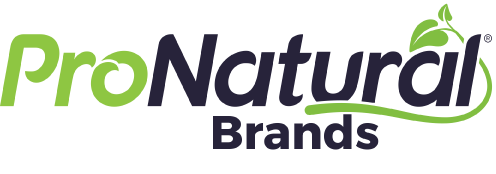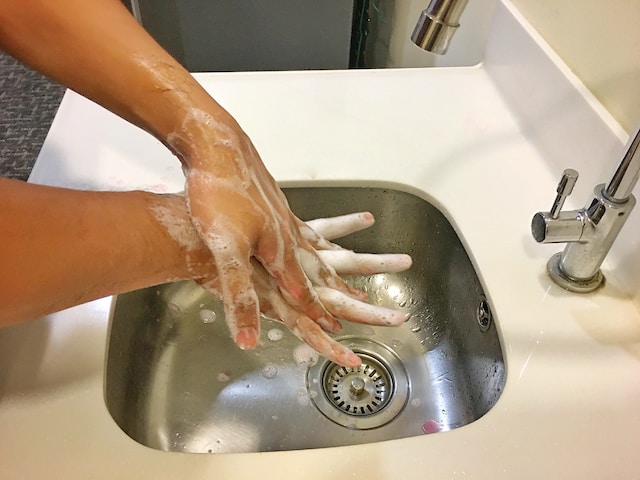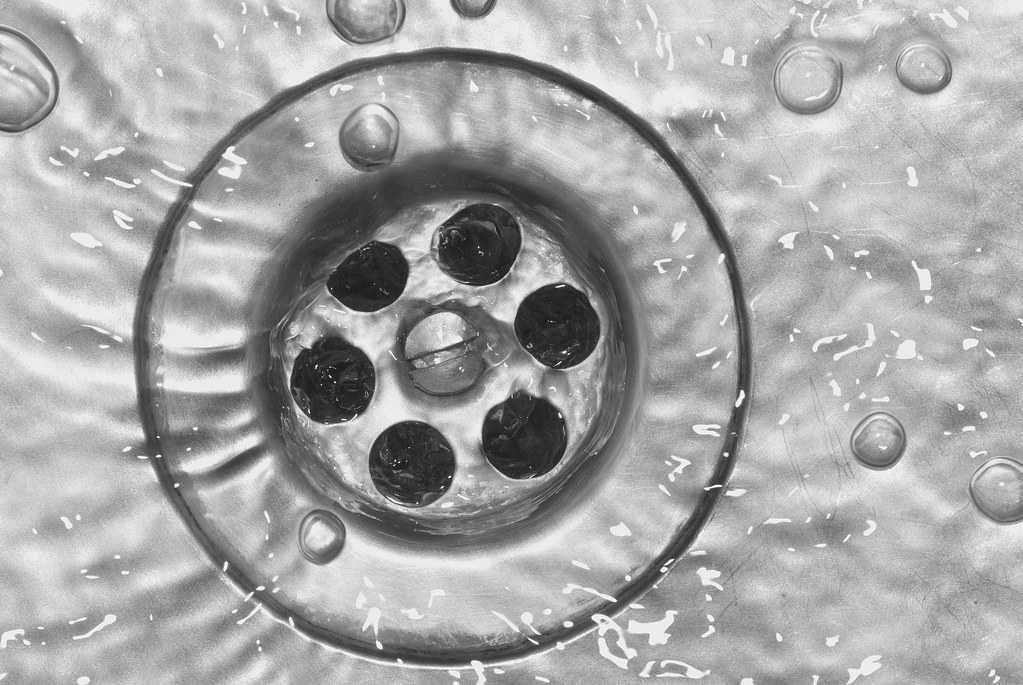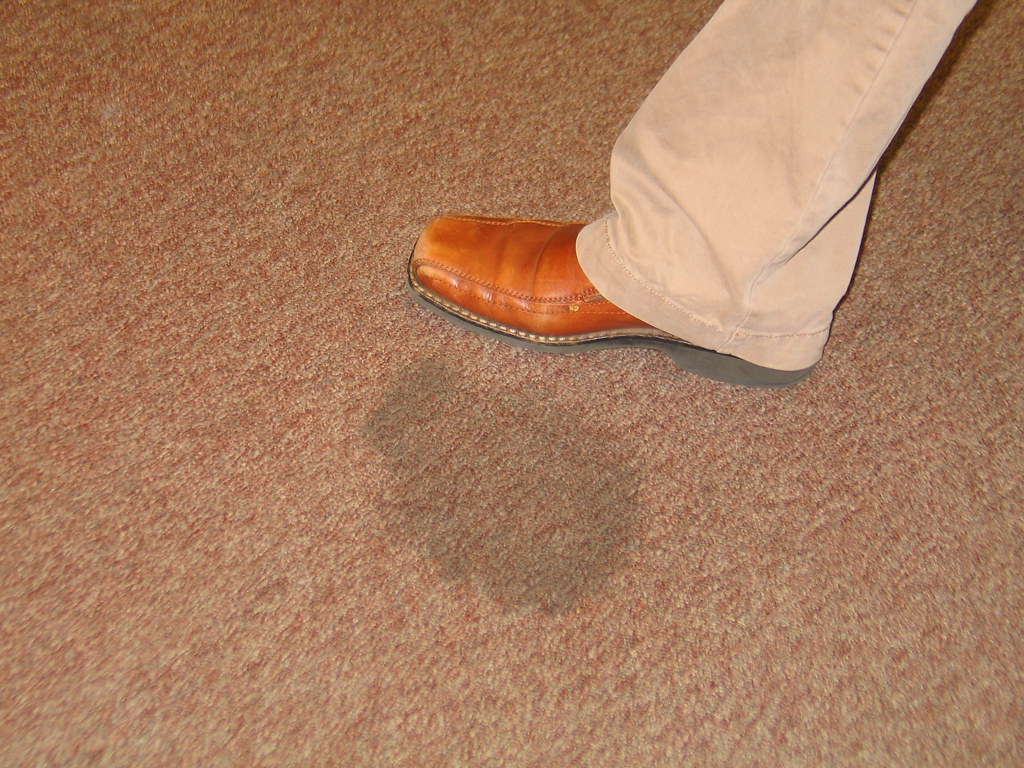Citric acid cleaning products are becoming increasingly common in cleaning all types of facilities including industrial facilities. I did not know this years ago.
Let me start at the beginning. As a former building service contractor whose company has cleaned all types of industrial locations for years, I can verify that industrial facilities can be a cleaning disaster about every day. Whereas an office building, for instance, may stay clean through the course of the day, this is rarely true of industrial locations.
For one reason, industrial locations are often operating 24/7. Further, these are fast-paced facilities, with people, products, materials, and deliveries arriving throughout the day. This causes dust and debris to build up. Additionally, workers in industrial locations often work with grease, oil, and solvents – along with potentially hazardous chemicals – during their shifts. These all generate considerable amounts of soil, which invariably find their way onto the floors, walls, counters of work areas as well as the fixtures, showers, and other surfaces in industrial restrooms.
To address this, many industrial facility administrators have traditionally turned to powerful cleaning solutions. One frequently used in industrial cleaning is known as a degreaser. This is a solvent-based cleaning solution that dissolves water-insoluble substances such as grease and oil on a variety of different surfaces. Additionally, and certainly now in a post-COVID world, traditional disinfectants and sanitizers are frequently used to clean and sanitize surfaces and restrooms in industrial facilities.
While all of these products and many more have proven their value over the years in helping to keep industrial restrooms clean, their big failing is that we now know these traditional restroom cleaning solutions can harm the user, restroom users, as well as the environment. For instance, some of the ingredients commonly found in industrial degreasers used for cleaning include the following:
Butane – a combustible solvent that can pose health risks.
MEA – otherwise known as monoethanolamide, is a volatile organic compound that can cause confusion, nosebleeds, and cancer.
DEA – diethanolamine has been shown to limit brain development in fetuses
Morpholine – a skin and eye irritant that can also cause respiratory problems.
If we were to take a closer look at traditional disinfectants and sanitizers, we could add several more potentially hazardous ingredients to our list. (See Sidebar: A Closer Look at Disinfectants). Plus, there is one thing more we need to know. Most of these ingredients come from non-renewable resources including petroleum byproducts.
If there is one thing we have learned from the Ukraine war, it is that industrial nations must move as fast as they can away from using non-renewable resources. Fortunately, we do have options.
For instance, when it comes to effective cleaning, degreasing, and disinfecting, one option available to administrators is one they may have never suspected: citric acid. Even though it has been used for centuries as a cleaning agent, citric acid is just now finding its way into industrial and professional cleaning. This is because citric acid is now being viewed as an effective cleaning agent, a green cleaning alternative, and one that also promotes sustainability.
What Citric Acid Is
Citric acid is found in the juices of citric fruits such as lemons, limes, even pineapples. For decades, it was used primarily as a flavoring in food products. It was, and is still used today, as a sweetener in jams, gelatin deserts, some candies, and ice cream.
Citric acid has historically also been used as a preservative in a variety of products such as pharmaceuticals and cosmetics. On reason for this is the fact that it is an effective “stabilizer” of active ingredients. This means it helps ensure the ingredients in a product maintain their desired properties.
The fact that it is considered an “acid,” has possibly been one reason administrators and cleaning professionals have been hesitant to use citric acid for professional cleaning in the past. However, citric acid has a pH level of between three and six. The pH scale span is 0 to 14, with zero very acidic, fourteen the least acidic, and 7 considered neutral. This means citric acid is a relatively weak acid.
With that said, when used as a disinfectant, it can kill (eliminate) most bacteria, germs, and viruses on a surface. The low pH helps ensure it does not damage those surfaces. Further, before being adopted in professional cleaning, citric acid products have been used to clean a wide range of items from tires and radiators on cars, several types of metals, and even as a vegetable rinse by farmers.
But Why Use Citric Acid?
We have answered this question earlier. When used to clean industrial facility restrooms, citric acid is viewed as an effective cleaning agent, a powerful disinfectant with some citric acid disinfectants even being EPA-registered, a sanitizer, and a green alternative.
But what we see evolving, especially in the industrial sector, is an even greater push to become greener and more sustainable.
Just recently, the Biden administration created the “Buy Clean” task force. The goal of this task force is to encourage industrial facilities, which are major contributors of greenhouse gas emissions, to further reduce their environmental footprint and become more sustainability focused. The use of citric acid cleaning products in industrial facilities is one way to make this happen.
Robert Kravitz is a frequent writer for the professional cleaning industry.
For more information on citrus-based cleaning products and ProNatural Brands full line of products, contact us here.
Sidebar: A Closer Look at Disinfectants
There are many active ingredients used in disinfectants. While they do kill (eliminate) pathogens, they also can have environmental repercussions. Among these are the following:
Alcohol. Can cause eye and skin irritations.
Chlorine (bleach or sodium hypochlorite). Can be a dangerous lung and eye irritant.
Quats (quaternary ammonium compounds). Known to cause antimicrobial resistance. Is an eye and skin irritant, can cause serious respiratory problems, and toxic to fish if released into waterways.
Phenol. Highly irritating to skin and eyes and toxic to humans if ingested or due to long term exposure.






